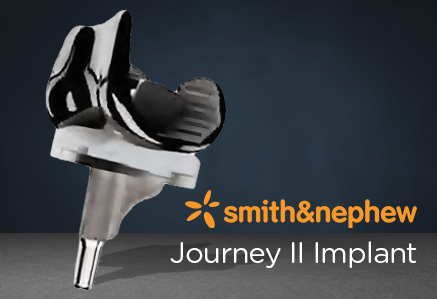Patella Tendon Rupture
Patellar tendon rupture is a rupture of the tendon that connects the patella to the tibia. The superior portion of the patellar tendon attaches on the posterior portion of the patella, and the posterior portion of the patella tendon attaches to the tibial tubercle on the front of the tibia. Above the patella are the quadriceps muscle (large muscles on the front of the thigh), the quadriceps tendon attaches to the top of the patella. This structure allows the knee to flex and extend, allowing use of basic functions such as walking and running.
Cause
There are three possible forms of patellar tendon rupture.
The first form of rupture is a complete tear.
In a complete tear, the tendon separates completely from the top of the tibia which results in the inability to straighten one’s leg. When the tendon tears, it can break a piece of the bone off of the kneecap.
The second form of rupturing the patellar tendon is a partial tear.
A partial tear is when some of the fibers of the patellar tendon are torn but the majority of the tendon is still attached to the soft tissue located at the posterior end of the patella bone.
The third form of rupture is caused by patellar tendonitis (“jumper’s knee”).
Patellar tendinitis causes the tendon to be torn in the middle due to the tissue damage it has been acquiring from over-use. Patellar tendonitis is inflammation of the tendon which results in the weakening of the tendon. Tendonitis is caused by excessive jumping or running without sufficient rest.
Symptoms
The tell-tale sign of a ruptured patella tendon is the movement of the patella further up the quadriceps. When rupture occurs, the patella loses support from the tibia and moves toward the hip when the quadriceps muscle contracts, hindering the leg’s ability to extend. This means that those affected cannot stand, as their knee buckles and gives way when they attempt to do so.
Diagnosis
Physical Examination & Patient History
During your first visit, your doctor will talk to you about your symptoms and medical history. During the physical examination, your doctor will check all the structures of your injury, and compare them to your non-injured anatomy. Most injuries can be diagnosed with a thorough physical examination.
Imaging Tests
Imaging Tests Other tests which may help your doctor confirm your diagnosis include:
X-rays. Although they will not show any injury, x-rays can show whether the injury is associated with a broken bone.
Magnetic resonance imaging (MRI) scan. If your injury requires an MRI, this study is utilized to create a better image of soft tissues injuries. However, an MRI may not be required for your particular injury circumstance and will be ordered based on a thorough examination by your Peninsula Bone & Joint Clinic Orthopedic physician.
Treatment Options
Surgical
Complete tears of the patellar tendon are best addressed by means of early surgical intervention. This affords the best opportunity for anatomic repair of all the injured structures within the extensor mechanism.
Several techniques have been described for the immediate repair of the acutely ruptured patellar tendon. In general, repair involves suturing the torn tendon through bone tunnels within the patella or tibial tubercle, depending on the location of the disruption. Additionally, retinacular tears are repaired anatomically.
In the unusual case of chronic patellar tendon tears, direct repair may be challenging or impossible. Surgical correction may be performed in stages, depending on the degree of patella alta and peripatellar scarring. Typically, the repair needs augmentation. Alternatively, the patellar tendon can be replaced with allograft or autograft tissue
Treatment Highlights






